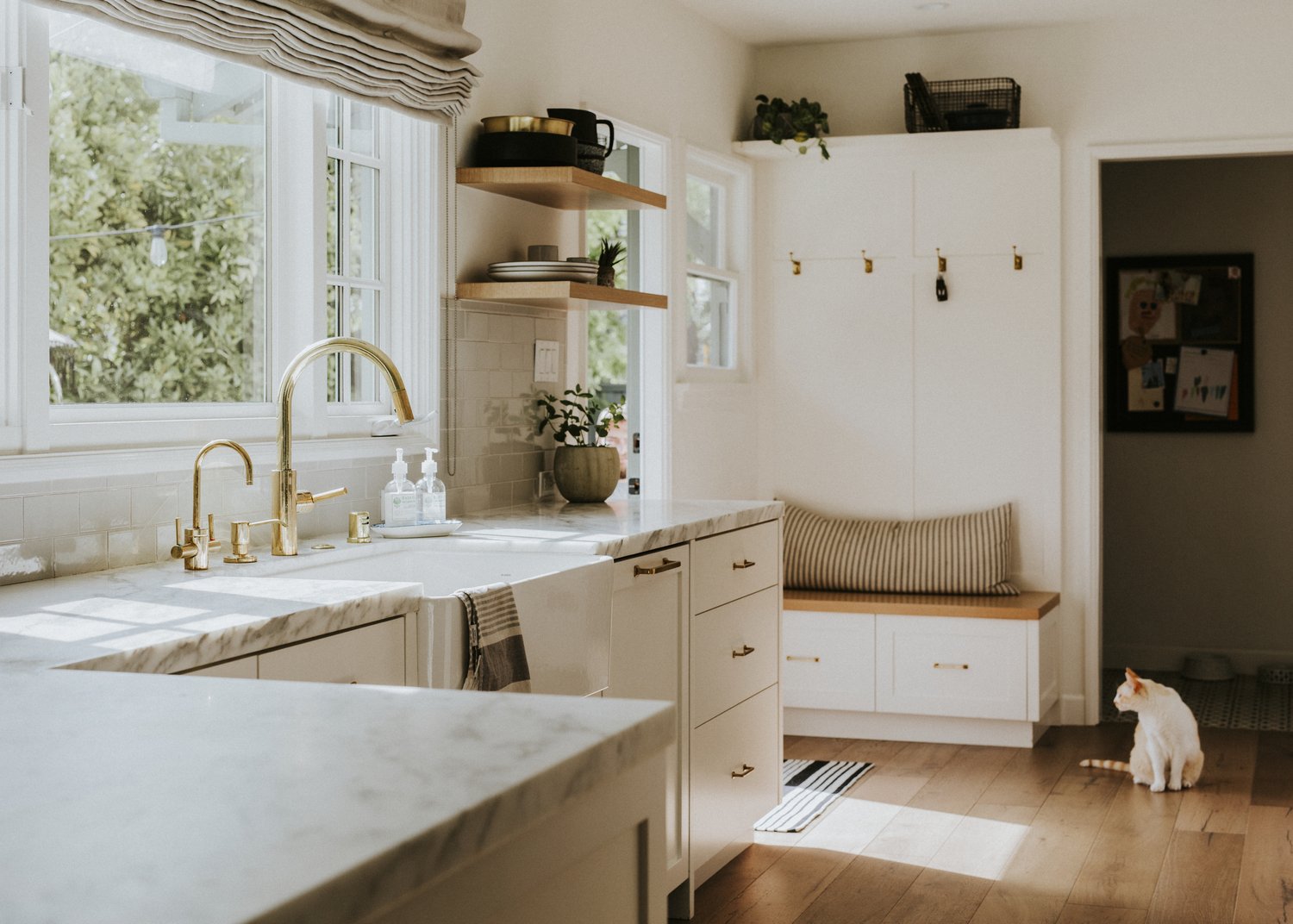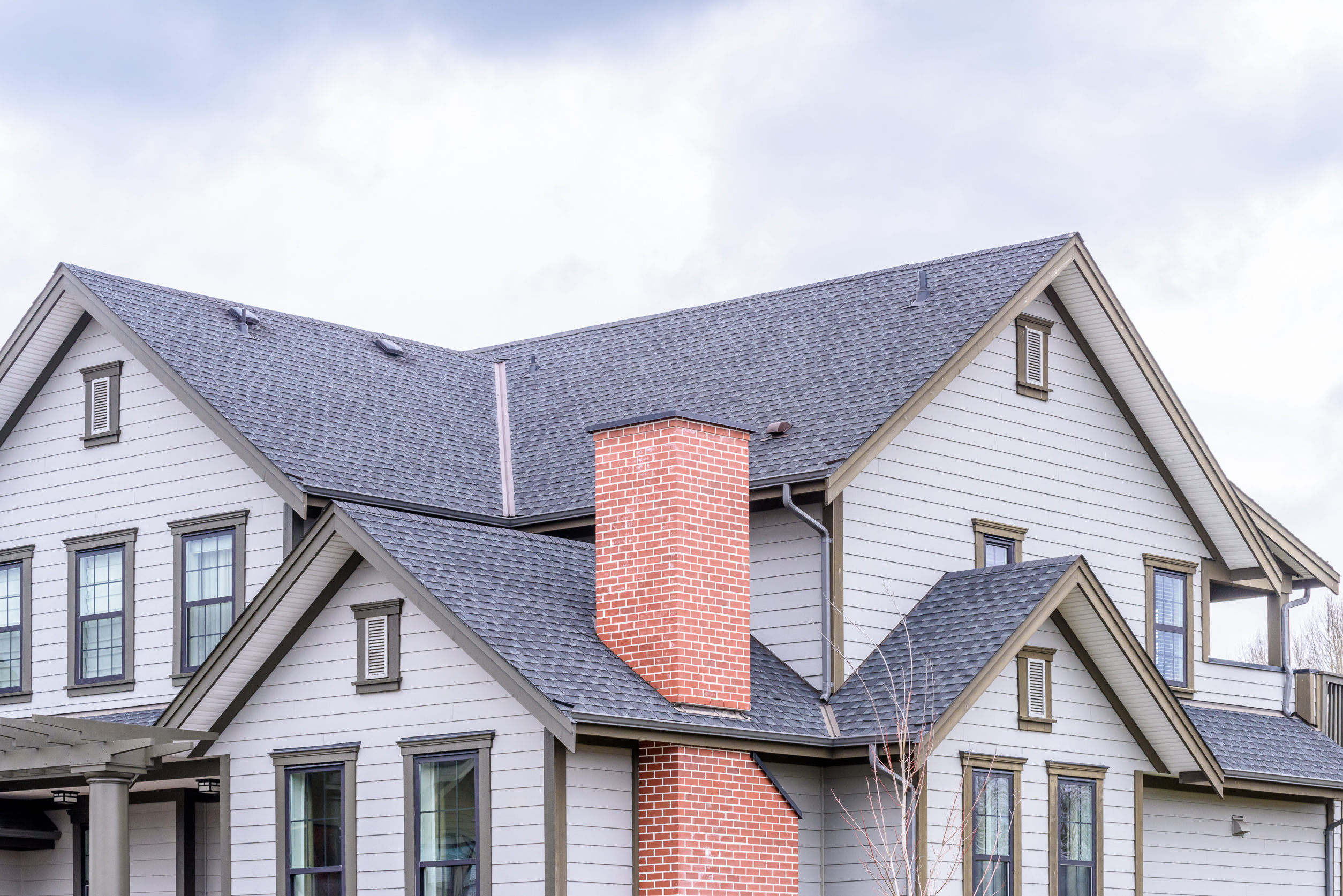For many older adults, maintaining independence by staying in their own homes as they age is a deeply cherished goal. This concept, known as “aging in place,” often requires thoughtful modifications to ensure homes remain safe, accessible, and comfortable as physical needs change. From simple installations like grab bars to more extensive renovations such as walk-in tubs and wheelchair ramps, these modifications can dramatically improve quality of life for seniors. This article explores the most effective home updates that promote senior home safety while creating an environment that accommodates changing mobility and health needs.
Understanding Aging in Place
Aging in place describes the ability to live in one’s home safely, independently, and comfortably, regardless of age or ability level. This approach has gained popularity as many seniors prefer to remain in familiar surroundings rather than relocate to assisted living facilities. According to AARP, nearly 90% of adults over 65 want to stay in their current homes as they age. However, most traditional homes weren’t designed with older adults’ needs in mind.
Creating an accessible home design involves identifying potential hazards and mobility challenges before they become problematic. The principles of universal design home features benefit not just seniors but everyone who lives in or visits the home. These modifications range from relatively simple and inexpensive to more complex renovations, depending on individual needs and home configuration.
Entry and Exterior Modifications
The journey to a more accessible home begins at the entrance. Replacing steps with gently sloping ramps provides easier access for those using wheelchairs, walkers, or who simply have difficulty with steps. These ramps should have a non-slip surface and sturdy handrails on both sides. For homes where a permanent ramp isn’t feasible, portable options can provide a practical alternative.
Entryway lighting deserves careful attention in aging in place modifications. Motion-sensor lights eliminate the need to fumble for switches in the dark, while bright, even illumination helps prevent trips and falls. Lever-style door handles replace traditional doorknobs, making entry easier for those with arthritis or limited hand strength. Additionally, a bench near the entrance offers a convenient place to rest when returning home or while removing shoes.
Kitchen Accessibility Improvements
The kitchen presents unique challenges for seniors but can be transformed with thoughtful modifications. Pull-out shelves in lower cabinets eliminate the need to bend and reach into deep spaces. Lowering at least one countertop section accommodates seated food preparation, benefiting those who can’t stand for extended periods. Touch-activated or lever-style faucets make water access easier for those with limited hand dexterity.
Appliance selection also plays a crucial role in kitchen accessibility. Side-by-side refrigerators eliminate reaching high or bending low, while wall ovens installed at counter height prevent dangerous bending. As experts at AskHomey often recommend, these universal design home features make everyday tasks safer and more enjoyable for seniors while maintaining the kitchen’s functionality for all household members.
Bathroom Safety Enhancements
Bathrooms typically require the most extensive aging in place modifications due to wet surfaces and the physical movements required for bathing. Installing grab bars near toilets and in shower areas provides critical support during transitions. These should be secured to wall studs, not just drywall, to ensure they can support a person’s full weight if needed.
Walk-in tubs or curbless showers eliminate the dangerous step over a tub edge, substantially reducing fall risk. Non-slip flooring throughout the bathroom provides additional protection against slips. Raising toilet height with either a new comfort-height toilet or an add-on seat can make sitting and standing much easier on aging joints. Finally, ensuring the bathroom door opens outward creates more interior space and allows easier access if assistance is needed in an emergency.
Bedroom and Living Area Adaptations
Though often overlooked in discussions of senior home safety, bedrooms and living areas benefit greatly from accessibility improvements. Widening doorways to at least 36 inches accommodates walkers and wheelchairs, while removing thresholds between rooms eliminates tripping hazards. Adjustable-height beds make getting in and out easier, particularly when combined with bedside grab bars.
Furniture arrangement requires careful consideration, creating clear pathways at least 36 inches wide throughout living spaces. Replacing plush, deep seating with firmer furniture that sits higher off the ground makes standing up less challenging. Remote-controlled window coverings, lighting, and climate controls reduce the need to move around the home for basic comfort adjustments.
Technological Supports for Aging in Place
Modern technology offers remarkable tools that extend the feasibility of aging in place. Smart home systems can control lighting, temperature, and security systems through voice commands or simple interfaces. Medical alert systems provide peace of mind with immediate access to emergency services. Motion-activated lighting along hallways and stairways illuminates paths automatically during nighttime bathroom visits.
Voice-controlled assistants can help manage medication schedules, make phone calls without dialing, and even order groceries. These technological supports complement physical home modifications, creating a comprehensive approach to accessible home design that evolves with changing needs.
For more tips and to connect with reliable home service professionals, follow AskHomey on Facebook and Instagram.



